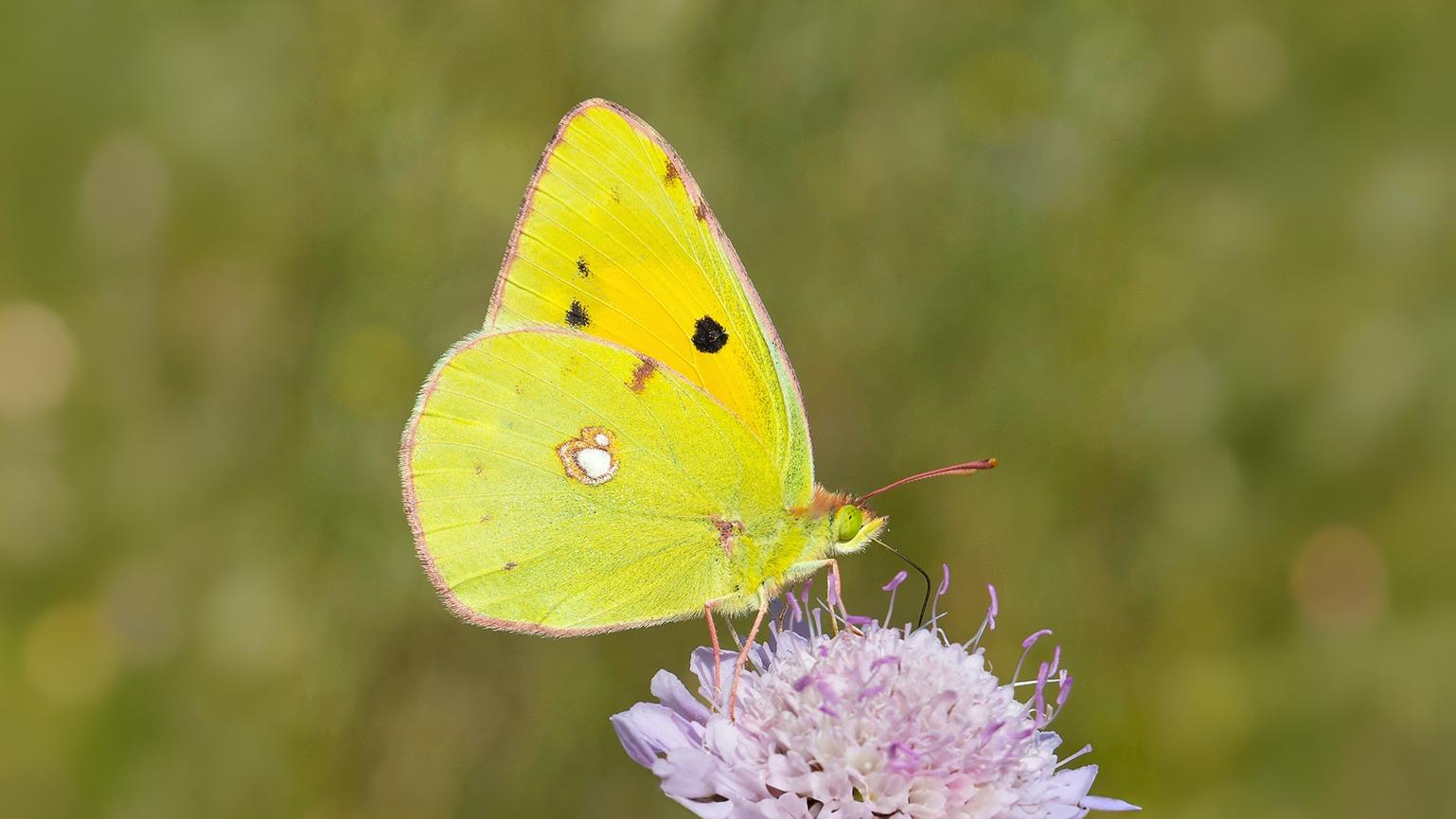
Check back on September 15th for the next autumn treasure.
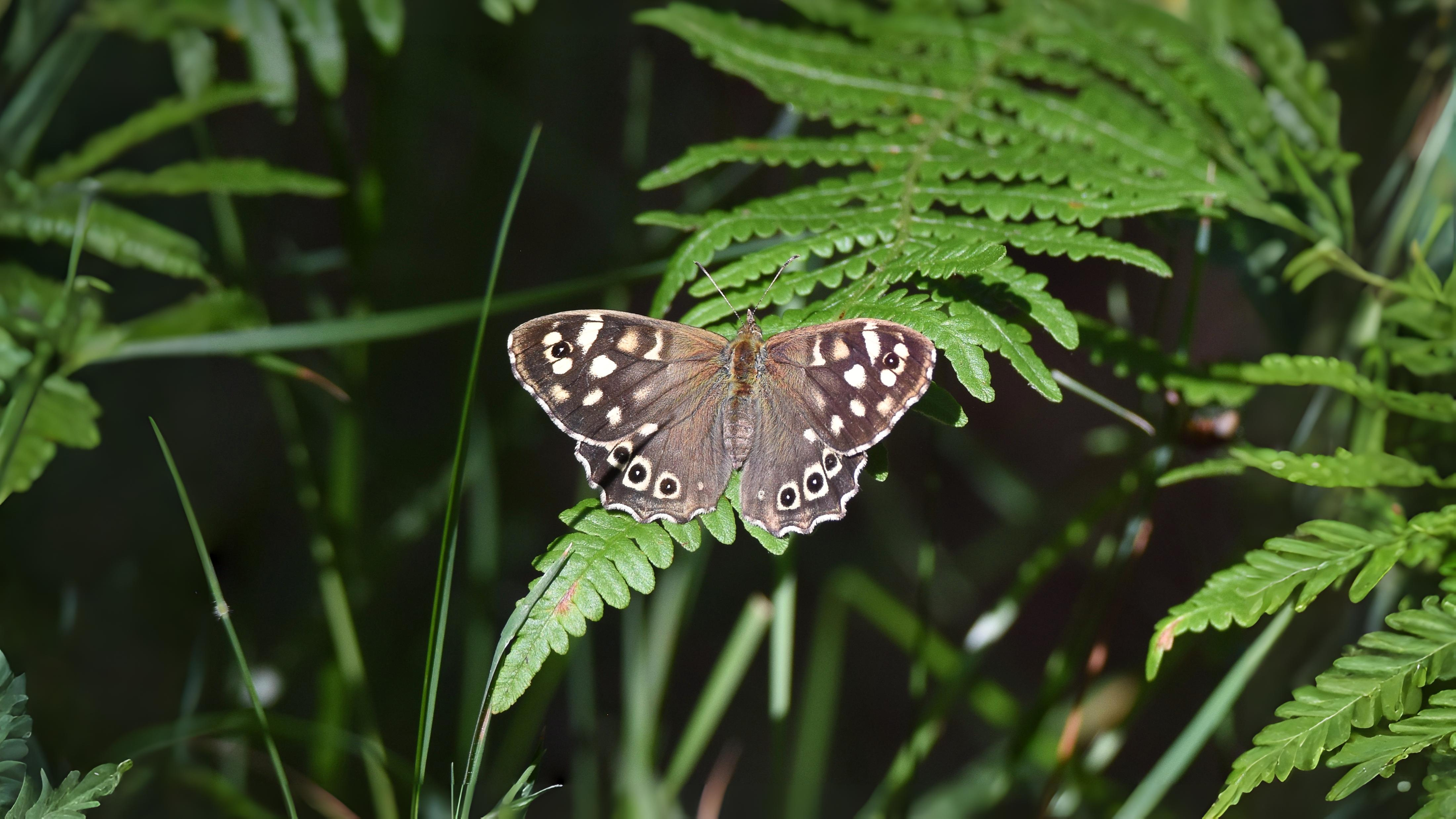

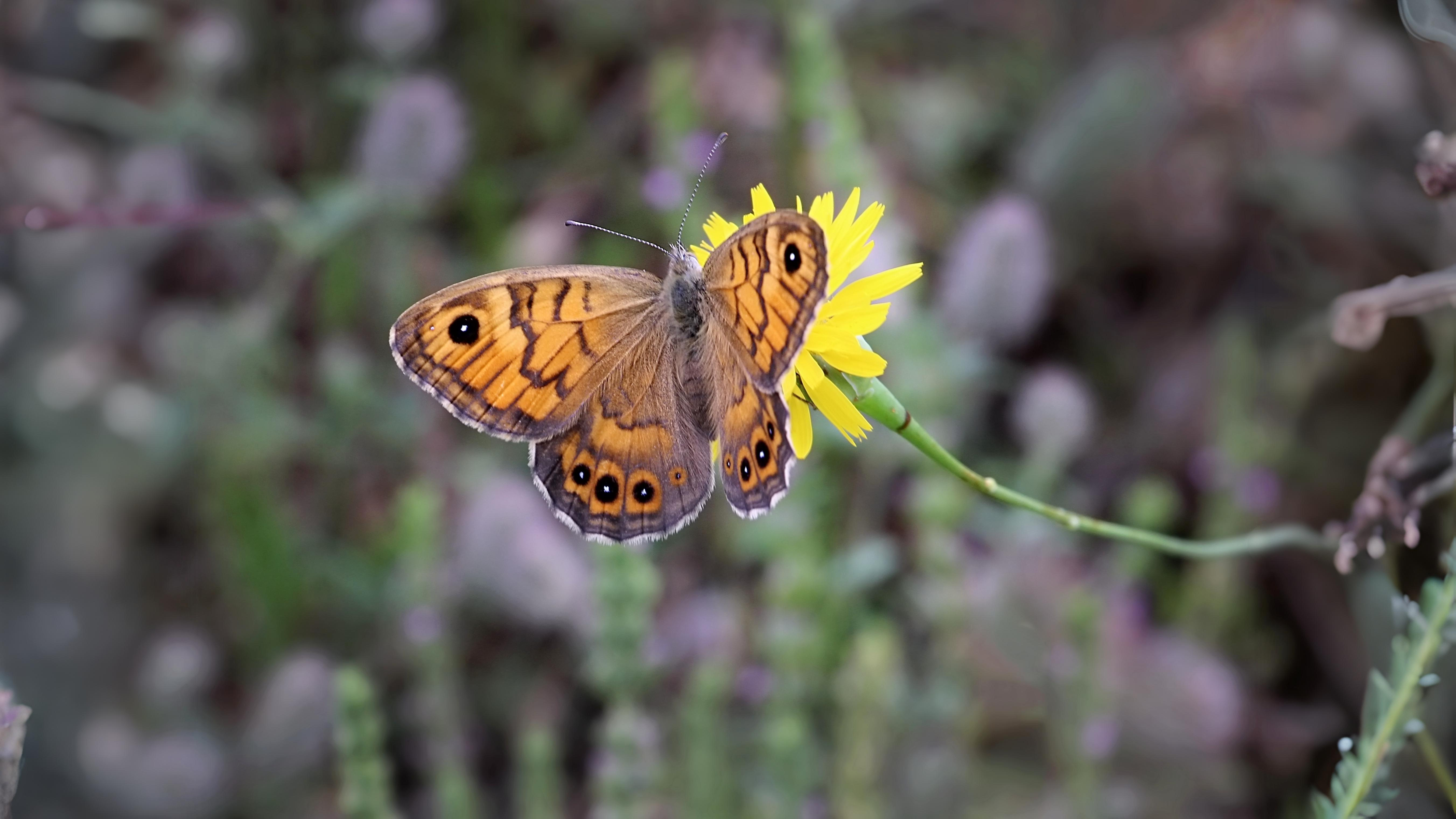

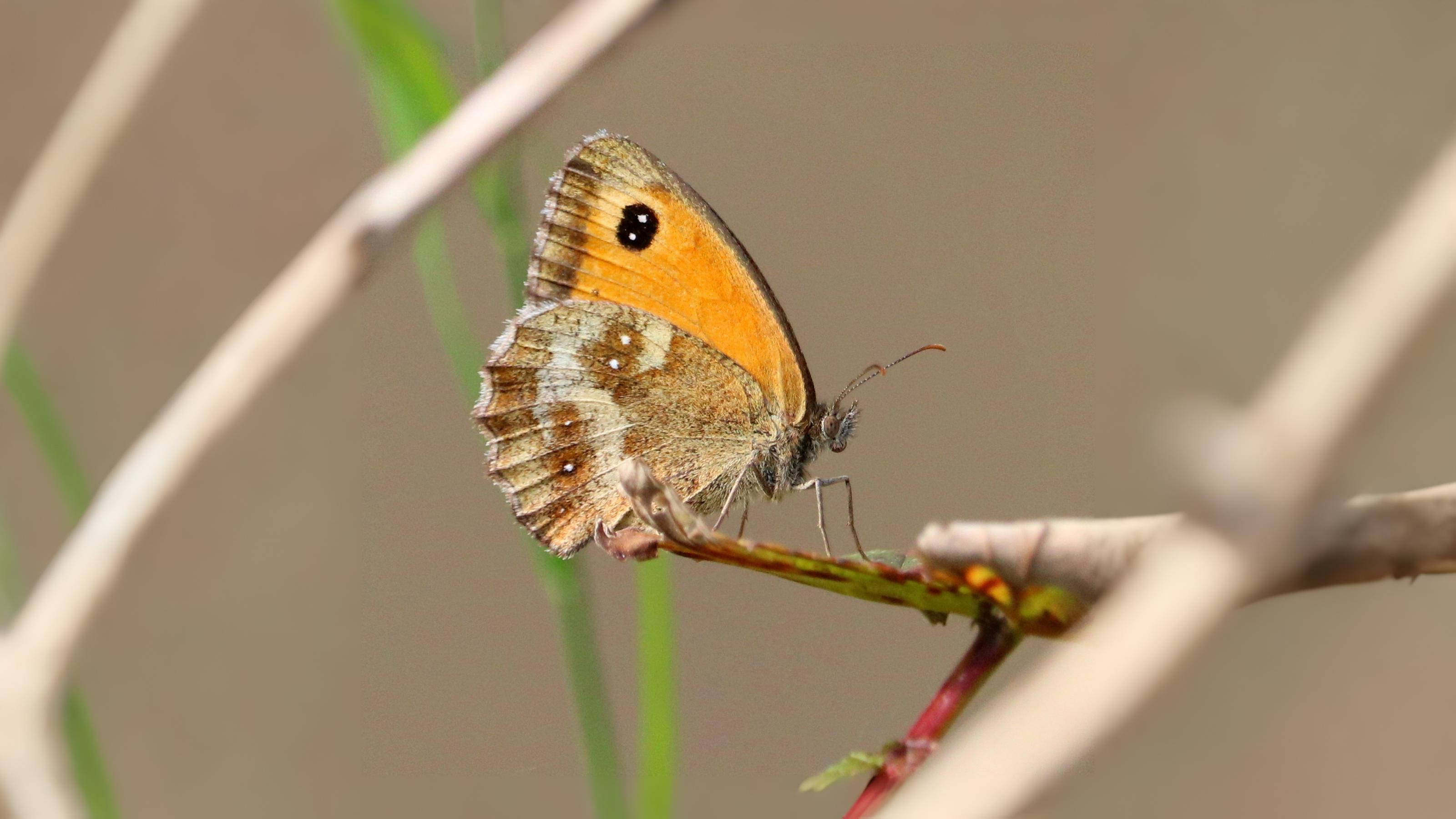

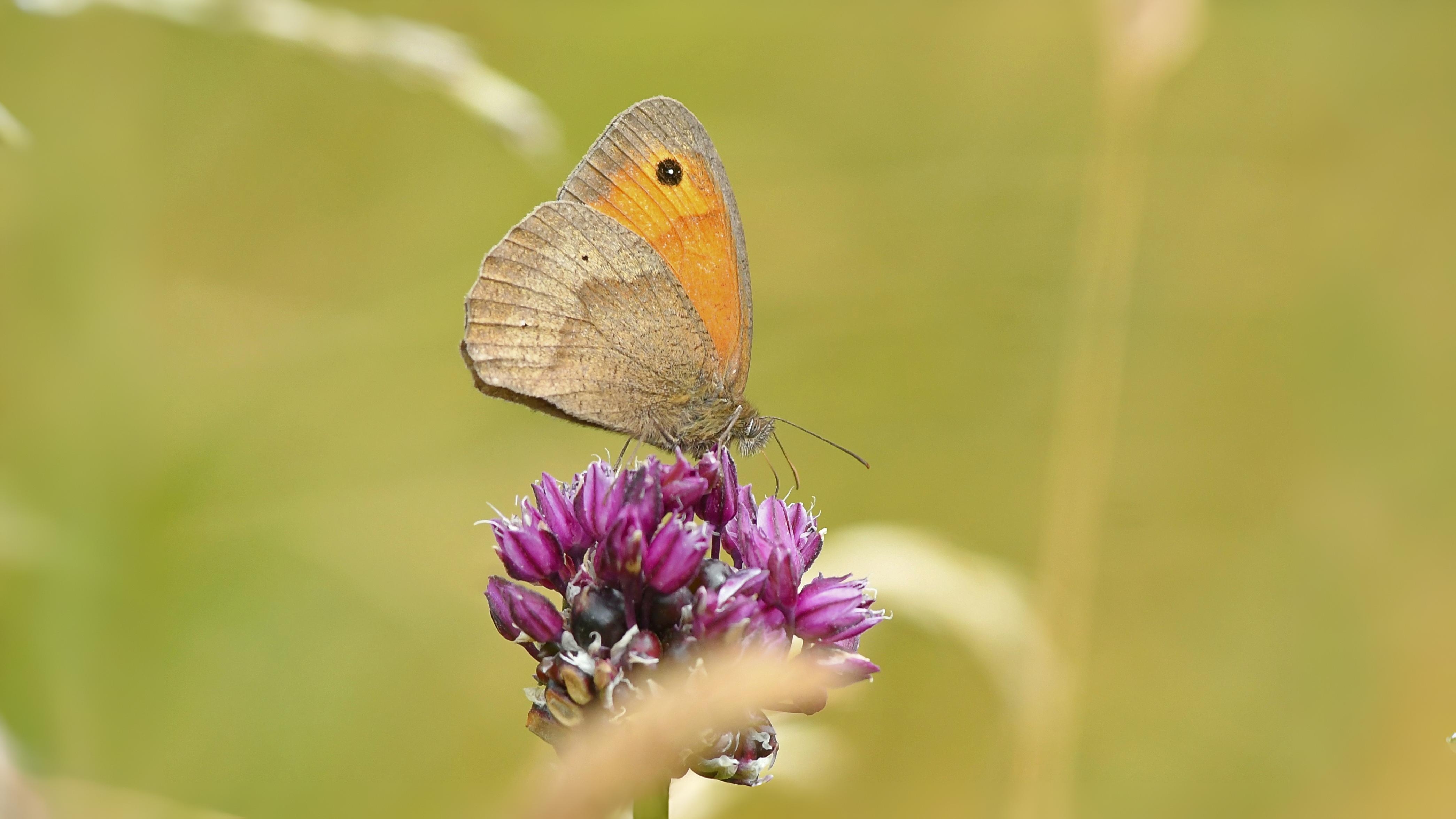

The last new butterfly to emerge in summer is the brown hairstreak. They are the largest of their group and for many the most beautiful. Their wings are chocolate brown with orange bands and they have small orange tails.
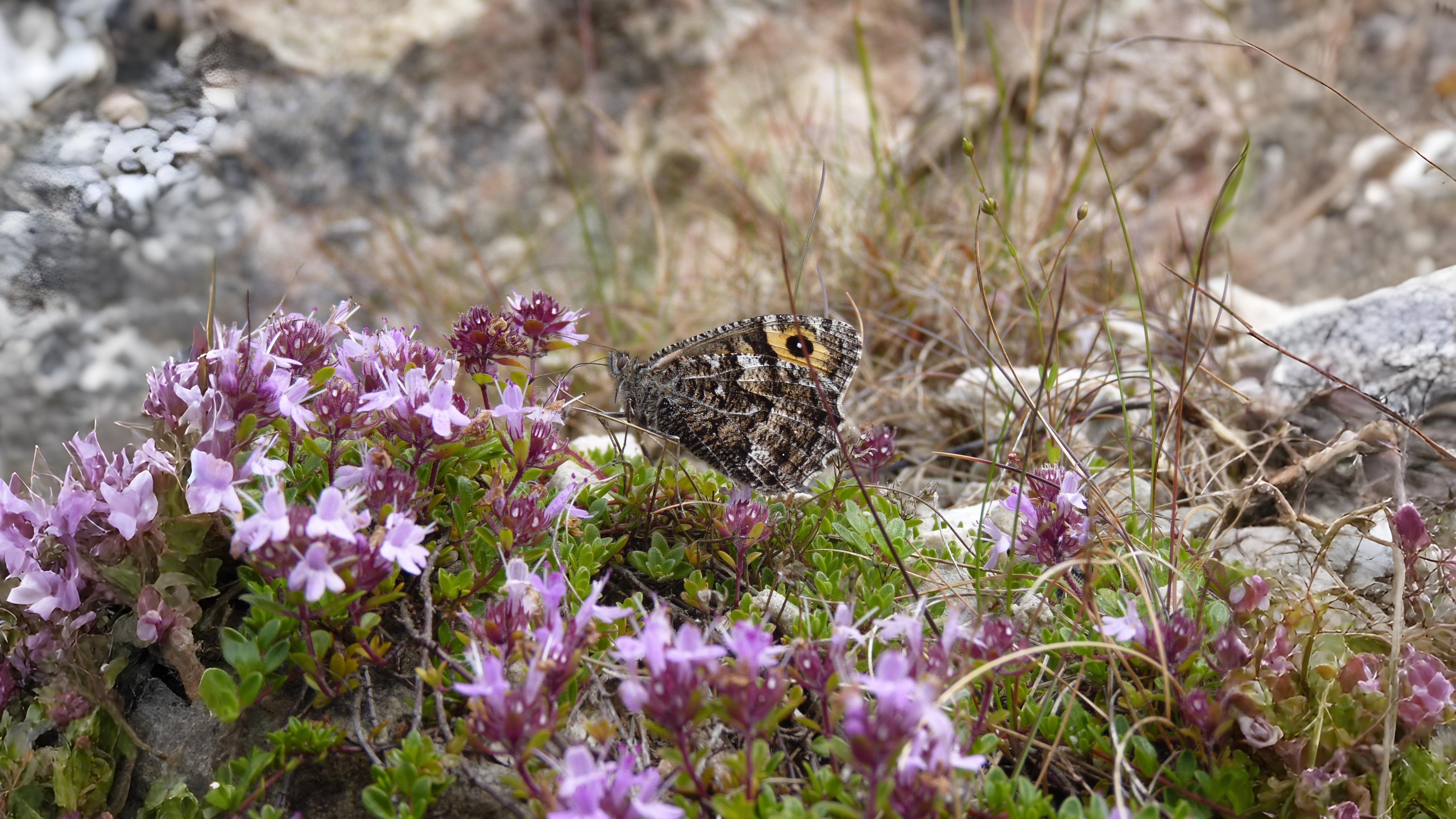



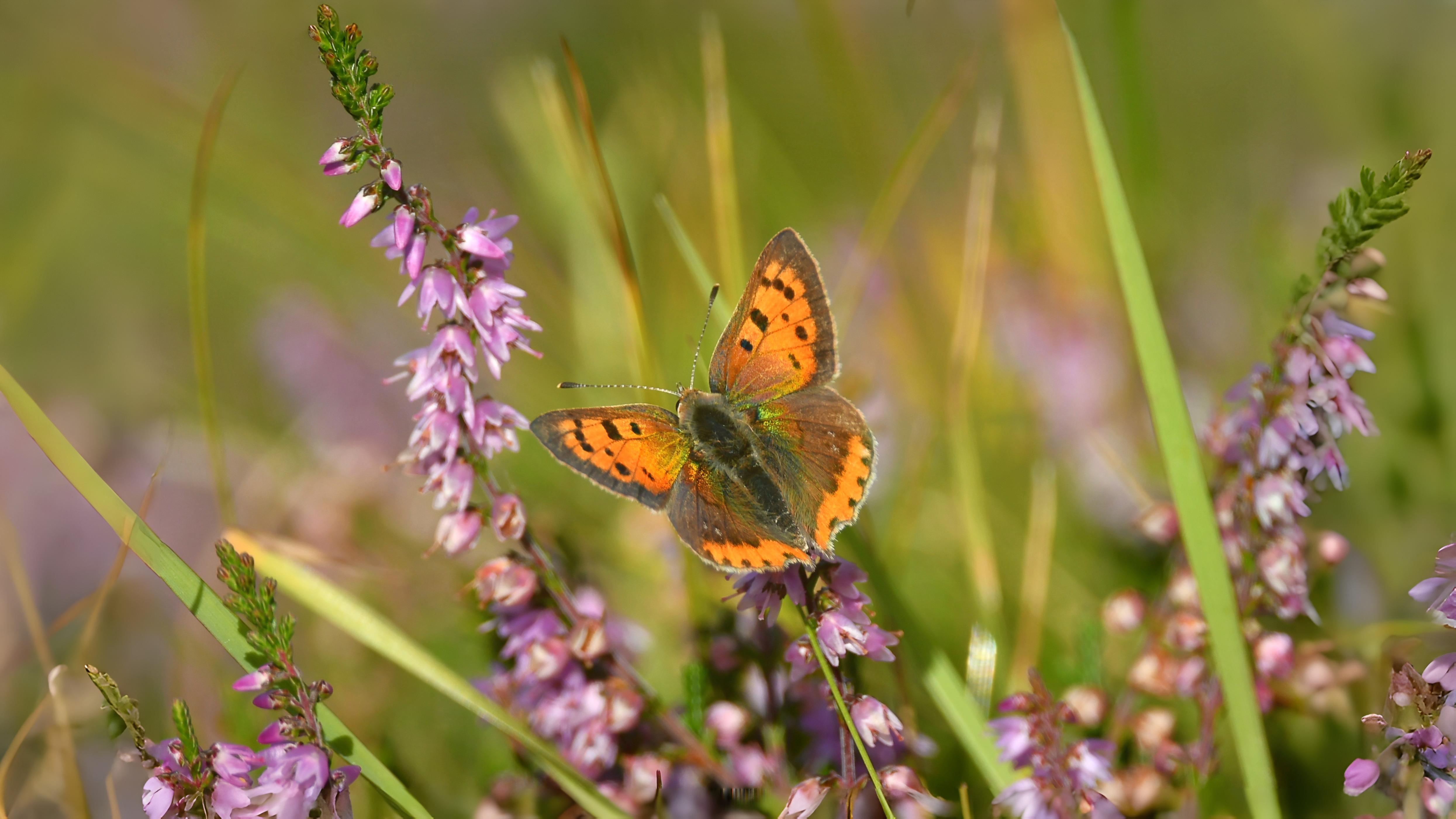

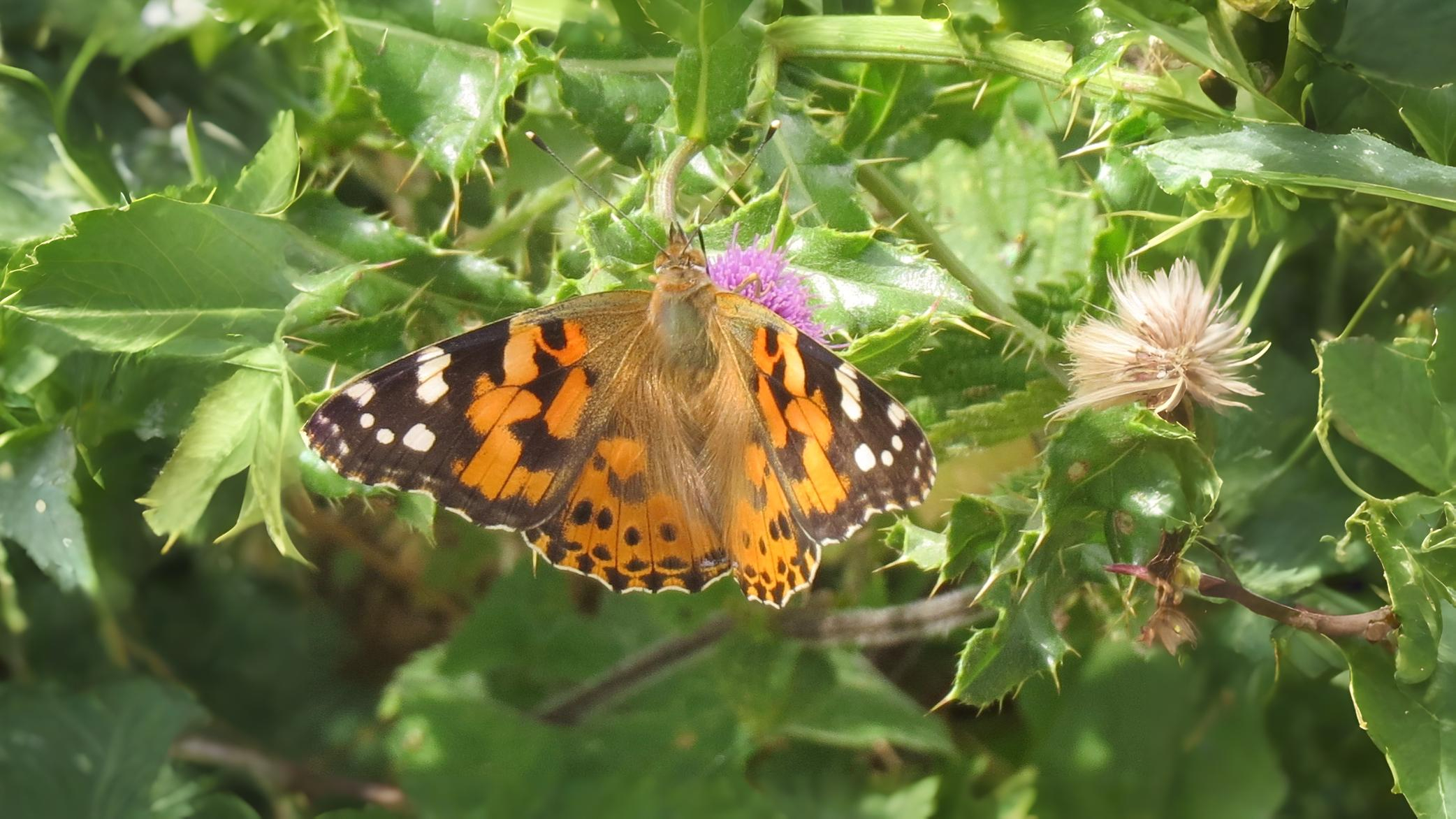

Clouded yellows are unmistakable sulphur yellow butterflies with golden yellow spots on their wings and black borders. They also have true green eyes and orange false ‘eyes’ on their wings. Telling males from females in the field is not easy although males, as so often, seem to fly faster. There is also an almost white ‘helice’ form which is supposed to make up a tenth of some populations although it never seems to be recorded in London.
